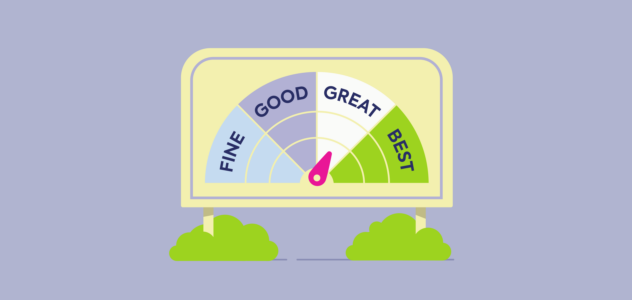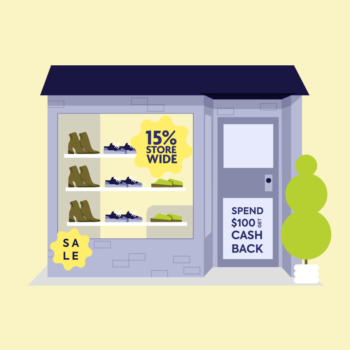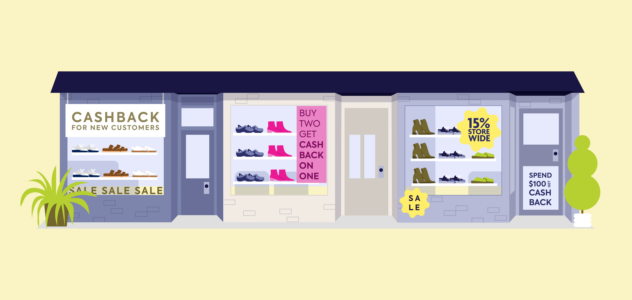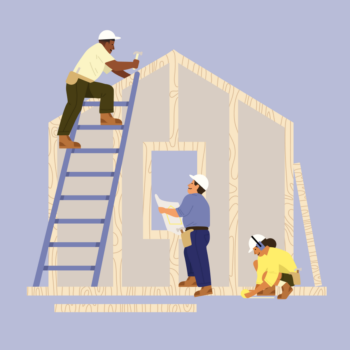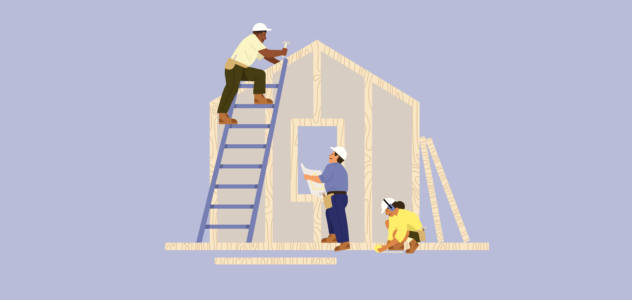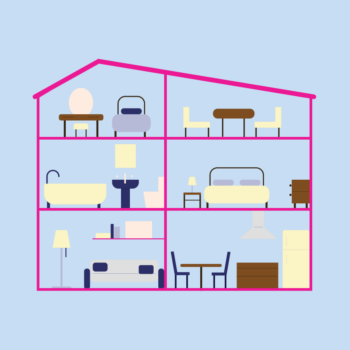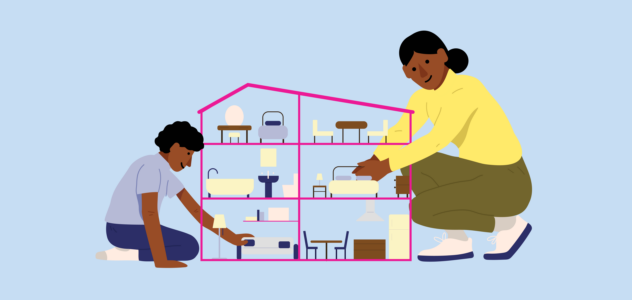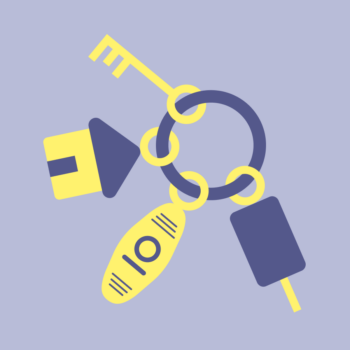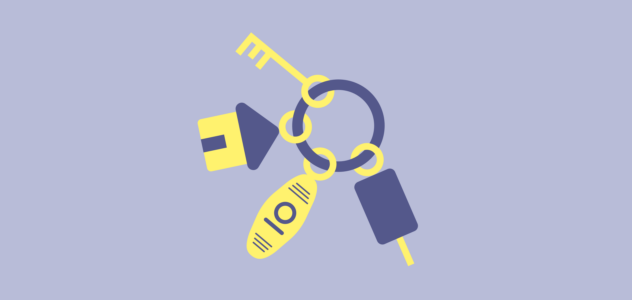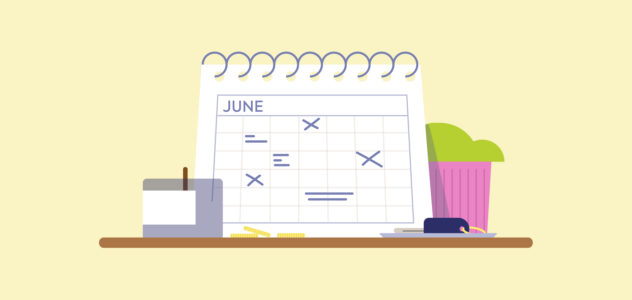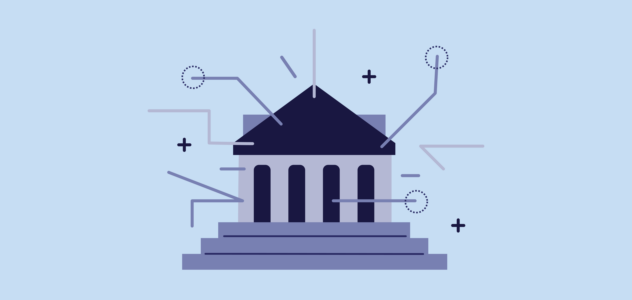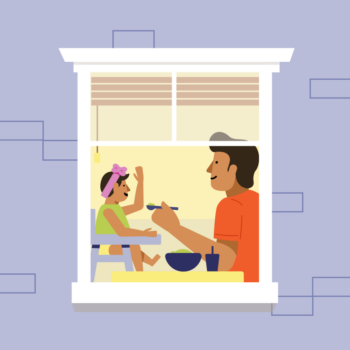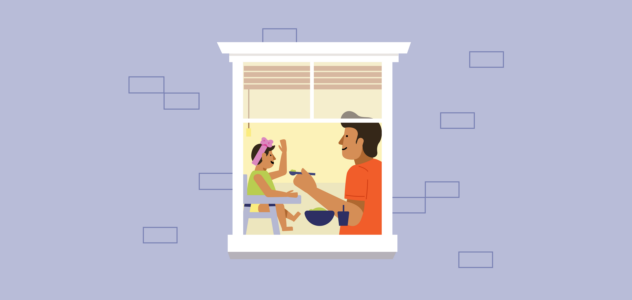Right now, there’s a whole horde of Aussie homeowners with a fixed rate mortgage.
And for many, that’s due to come to an end. Soon.
The reason? Well, fixed rates were a popular choice around two or three years ago when we were experiencing record low interest rates and record high property growth.
This level of popular…
And securing a fixed rate was a savvy choice at the time (kudos to you if you made the most of the situation).
But now, the fixed-rate-fiesta is coming to an end for so many of us (at Finspo, we’re calling this phenomenon the fixed rate fallout).
So, why did this happen in the first place? Why are so many of us in the same boat? And what can we expect moving forward?
Take a deep breath. Read on.
Why do interest rates change, anyway?
Wouldn’t it be nice if you were on one low interest rate for life? Ah, the certainty.
But unfortunately, that’s not how interest rates work. And that’s because Australia’s currency and economy can change a lot throughout the life of your home loan — so interest rates need to move with the times.
But hold up, let’s take a few steps back — what even are interest rates? And who decides them?
Interest rates are the price you pay to borrow money from a lender. And it’s ultimately how lenders make their money.
The Reserve Bank of Australia (RBA) is Australia’s central bank and the primary decision-maker when it comes to Australia’s monetary policy. So, they play a pretty big role in important stuff like the stability of our currency, employment rates and economic prosperity. And, the RBA sets a thing called the cash rate, which is the benchmark interest rate used for loans between the banks.
That being said, the RBA doesn’t set interest rates on your home loan. Your lender does that.
Now we know what you’re thinking, why are we banging on about the RBA then?
Well, a change in the RBA cash rate can often trickle down to mortgage holders. Historically speaking, we often see banks and lenders change their interest rates after an RBA cash rate change.
But the RBA cash rate isn’t the only thing that causes interest rates to change.
They can also change due to…
- Supply
- Demand
- Government decisions
- Inflation (that is, the increasing price of things over time)
So, what is the fixed rate fallout?
When we say “fixed rate fallout”, we’re referring to aaaaall those Aussie homeowners who made the most of the situation a few years ago and locked in record low interest rates via fixed interest rates. And now, a lot of these homeowners have a fixed rate that’s due to expire and they’re preparing to land on a significantly higher rate.
So, why are so many in this boat?
It’s a perfect storm, really…
At the onset of the COVID-19 pandemic, we saw the RBA lower the official cash rate (which caused a lot of lenders to lower their rates, too). The idea behind this was to keep the economy moving (basically, the less money Aussies needed to spend on rates meant more disposable income would flow into businesses and the economy). And at the time it worked well.
So on Tuesday the 3rd of May 2022, the RBA lifted the cash rate for the first time since November 2010. And we’ve had many more rate rises since this time. Woah.
The reason? Well, in the aftermath of the COVID-19 pandemic and record low rates, Aussies were spending money like it was going outta fashion. This, along with many other factors, contributed to inflation rising quickly, which in turn, can devalue our currency (read: not good).
So, in an attempt to influence that, the RBA increased the cash rate to ultimately reduce Aussies’ disposable income leading to less upward pressure on prices due to lower spending. See the bigger picture?
So, what we’re seeing now is a whole cohort of Aussie homeowners who took advantage of the situation and fixed their interest rates at the record low rates during 2020 and 2021, with the most popular terms being 2 – 3 years. Now, a lot of these fixed rates are due to expire in 2023.
And if you’re one of these Aussies, your palms might be getting a little clammy right now. But remember, you should be super proud of yourself for making a savvy decision at the time. And there are ways to prepare for your fixed rate ending (more on that in a minute).
What can Aussie homeowners expect moving forward?
Unfortunately, the glory days of really low interest rates (whether that’s fixed or variable) are over. At least for now. Which means you’re likely about to enter a time where you’re paying more than you did previously.
Here’s what your interest rate increase might look like…
And, if you’re one of those Aussies experiencing the “fixed rate fallout”, your repayments may rise by up to 60%. We’re calling this the Finspo Repayment Shock Index (AKA the estimated increase in your repayments when your fixed rate ends).
So, this means it’s a great time to make sure you’re not paying more than you need to on your mortgage to help soften the blow of rate rises.
Sadly, once your fixed rate expires, your bank won’t be giving you the same great rate you currently have with the market as it is right now. They may not even roll you onto the most competitive variable rate that they’re offering new customers.
Therefore, your options are to do nothing and risk paying much more than you need to, or do something and save.
In general, it really pays to minimise the impact of your fixed rate fallout, and here’s how you can approach it…
*Deep breath*
Know that you’re not going through this alone.

How can you prepare for your fixed rate coming to an end?
Step 1 – Know what your fixed rate fallout looks like
Finding out what your rate and repayments will likely move to once your fixed rate ends might give you the heebie jeebies, but it should help you mentally prepare for what’s ahead. Plus, it might give you that extra motivation to find a better deal in the lead up to your expiry date.
You can do this in under 60 seconds with Finspo’s fixed rate ending calculator.
It estimates what your interest rate and repayments will jump to when your fixed rate expires, plus calculate how much you could potentially save by looking at other options in the market.
Step 2 – Speak to an expert in advance
Chat with a mortgage broker within three months of your fixed rate expiring, so you can review your options (beyond just your current lender) and map out your next move.
The more time you give yourself within this window, the more time you and your mortgage broker will have to prep and apply if you do want to refinance. Then the loan transition can be scheduled accordingly.
Has your fixed rate already expired? It’s not too late to start saving – the sooner you chat to an expert, the sooner you can review your options.
Step 3 – Choose the right option for you
This may be to request a better deal from your current lender, or refinance by switching lenders. Then, you can time this for when your fixed rate expires.
Again, it’s often in your best interests to do ‘something’ rather than nothing.
What else can you do?
- Read the fine print – When facing a fixed rate that’s due to expire, a lot of homeowners consider making extra repayments at their current low rate (smart thinking). But it’s not always so simple — there are often limitations. It’s a good idea to check with your mortgage broker or lender first.
- Start budgeting – Does your new repayment figure look a little… scary? Putting some extra savings aside can make you feel more comfortable and help you get used to a higher rate. Essentially, practice for the real thing by pretending your higher rate has already started.
- Set a reminder – If you’ve still got time before your fixed rate ends (say, three or more months) then put a reminder in your calendar to speak to a broker closer to the date. This is an ideal opportunity to prioritise future you.
Finally, the fixed rate fallout is a stressful time for so many Aussies (we probably don’t need to say that twice).
But know that you can take some positive steps to make the shift as good as it can possibly be, with help from a home loan expert (AKA broker).
Ready to tackle this together? Tell us a little about your fixed rate, then chat with a Finspo home loan expert today.
^ Estimated future variable interest rates are calculated using the average interest rate for existing owner occupier home loans in Australia, taken from Economic and Financial Statistics data published by the RBA. The RBA calculates this rate by taking the average of the interest rates reported by each lender surveyed for loans outstanding, weighted by the value of the loans outstanding. Added to that is any expected changes in the Official Cash Rate as indicated by the ASX 30 Day Interbank Cash Rate Futures Implied Yield Curve. This number is not representative of our opinion on what future variable interest rates will be, and should be used purely as a guide.










